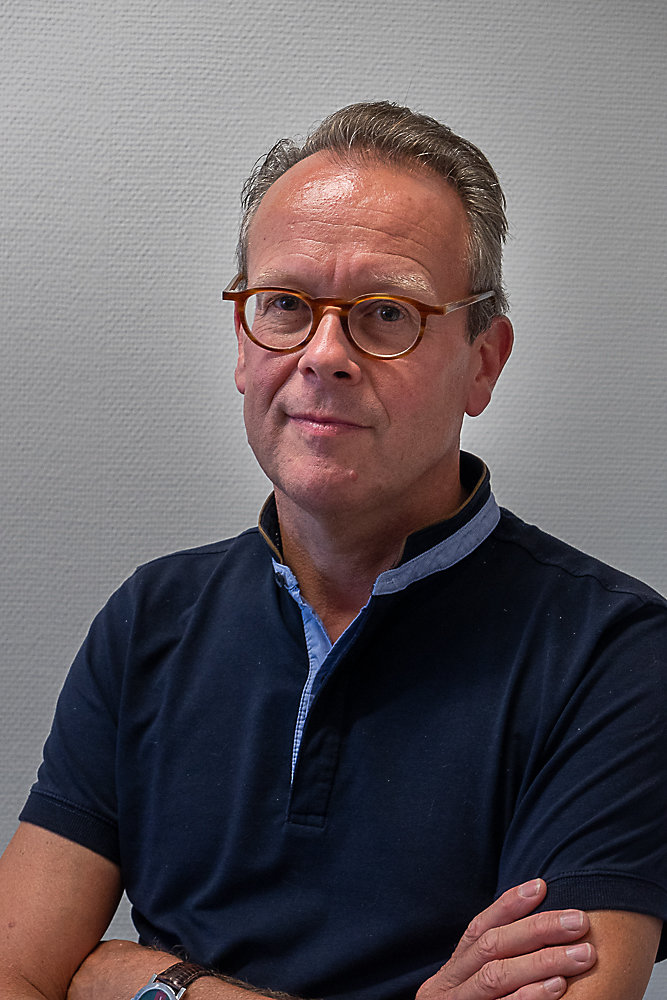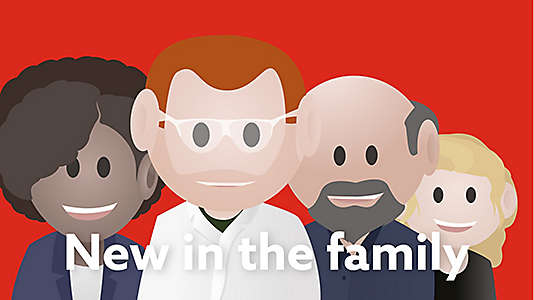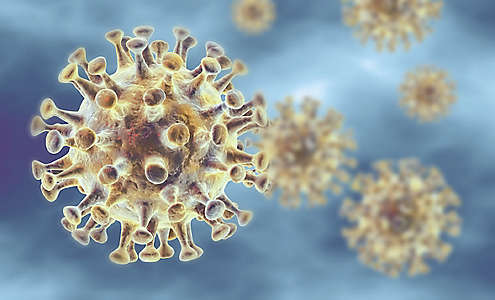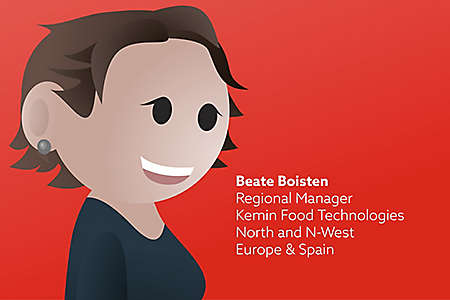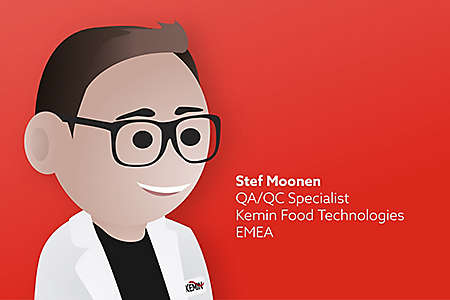Kemin: And which innovations attract your attention?
Prof. Devlieghere: There is continuous innovation in the sector. For example, there is plenty of experimentation with combination technology based on the idea that the whole is more than the sum of the parts. For example, combine a protective gas atmosphere in your package with lactic acid or other additives and you will see that you get better results. That's because you attack the bacteria on multiple levels. As a result, the microbial cell has more stress, which slows down growth or kills the harmful microorganism faster. In addition to the combination technology, also interesting new techniques appear, such as pulsed electric field technology. Food is then subjected to a pulsed high voltage, destroying harmful cells. This electrical pulse is an alternative to the pasteurization process through heating. The use of high hydrostatic pressure to extend shelf life is also an alternative. A major advantage of these high-pressure techniques is that the loss of taste, texture and nutritional value remains limited or is even avoided. These techniques are already being used on a larger scale but often still for niche markets.

